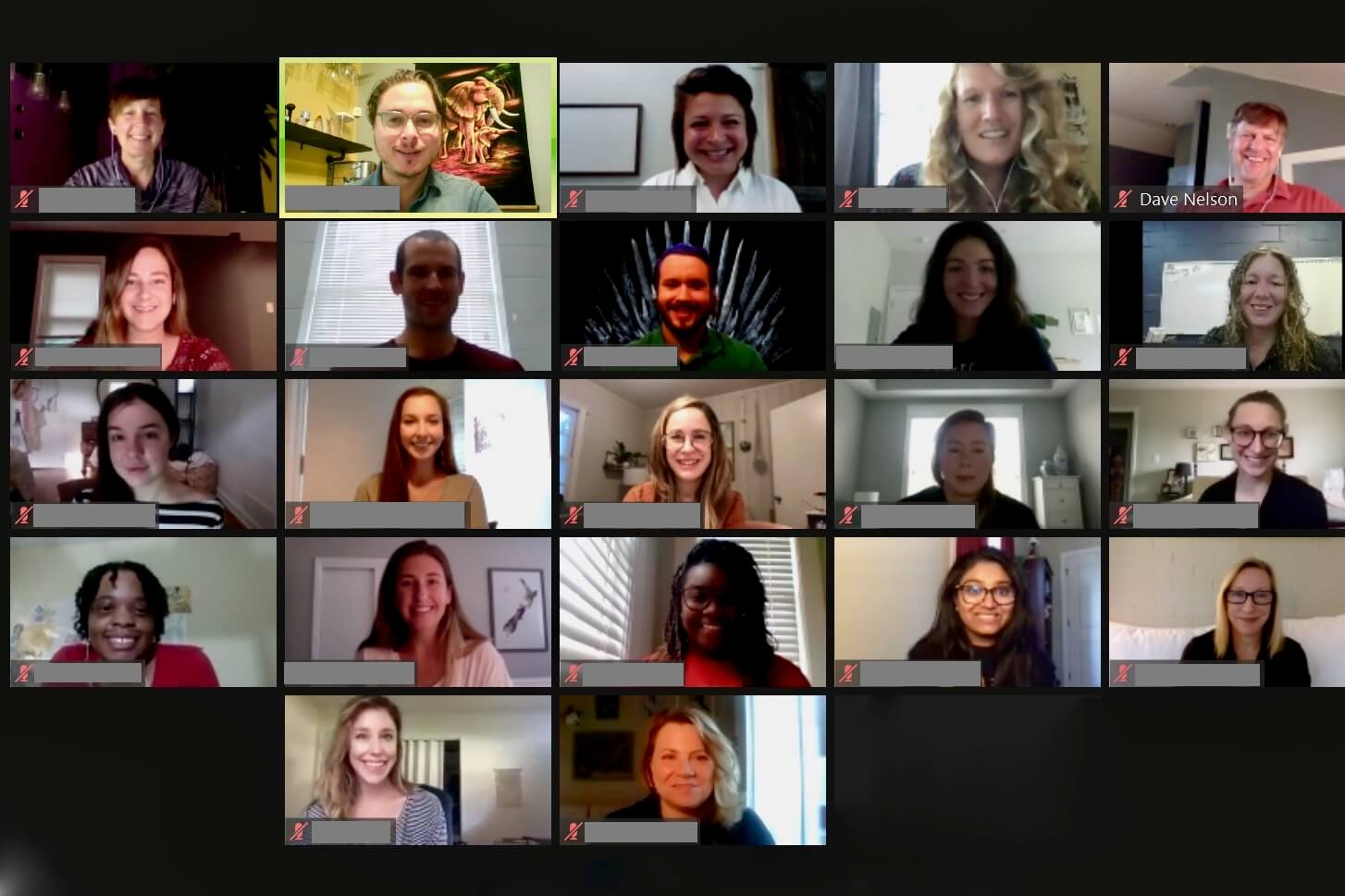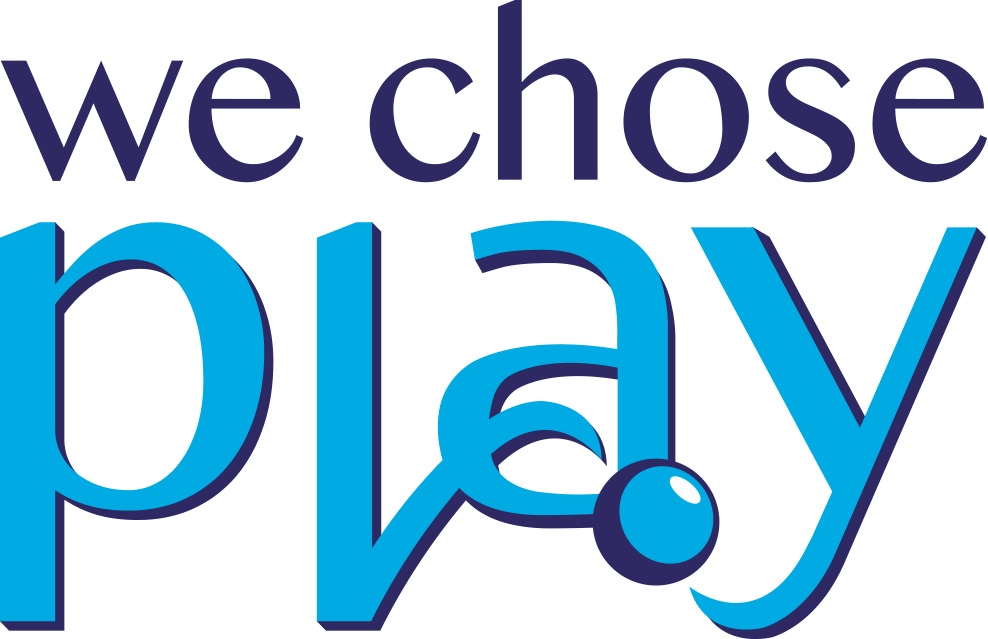Dave Nelson returns this week to chat about online schooling and services during the pandemic and back to school. Dave is a Licensed Professional Counsellor and the Executive Administrative Director at Threshold Community Program in Decatur, Georgia (formerly known as The Community School). We have done a few podcasts before about their school program, about process-oriented learning, and about the challenges faced during puberty. Threshold Community Program has been operating remotely since March and Dave has great insights to share with us.
Online Schooling and Services during a Pandemic
Threshold Community Program
Threshold Community Program began in 2005 as The Community School which was a middle and high school serving specialized students including those on the autism spectrum. Over the next 5 to 10 years they began doing a lot of post-secondary work, Dave says, supporting young adults transitioning into work or college. By 2015, that was about half the work they were doing, so the name of The Community School became a bit outdated.
Dave said they wanted to maintain the idea of ‘community’ within a larger community, and that the word ‘threshold’ really connotes the idea of transitioning–moving across from one place to another, from a smaller place into a larger one. So they took ‘school’ out of the name and added ‘program’ although they still are accredited as a school and still provide middle and high school education. About half of their participants are under the age of 18 and about half are over 18.
Schooling since the shut down
At Threshold Community Program, they’ve been providing online support since March. Being in Georgia with high Covid numbers, they are remaining virtual until the virus is gone. In the early days, they were experimenting with how much live interaction they should be doing versus giving assignments and the like. They soon realized that this is a program about interaction, relationships and reciprocity.
In the weekly parent support drop-in, the majority of concerns around schooling had to do with the challenges of online schooling when parents and schools have been unsuccessful in engaging our neurodiverse children to sit at the computer and learn. I know my son had very little interest beyond more than a few minutes of seeing his friends and what they were doing on the screen. It was something different and strange.
Dave says they have a bit of an advantage in that their population is older and so many of their participants generally are more capable with technology and more capable being in front of a screen. Developmental profiles are more important than age profiles, but a lot of their participants are quite comfortable on technology. The downside is that their students might also be playing video games or doing something else on the computer while they’re in sessions.
Dave says they are transparent and assertive with these situations. If he’s in a session he may just point out that the student is playing a video game and ask them to stop. They may struggle to stop or shift gears, but they appreciate the honesty and they can be honest about their experience. It has also been easier to support the students that they know well who have been in the program in person prior to the shut down.
Navigating the Challenging Aspects
Threshold’s new normal has limited the type of profile they can work with to some extent. Some families did not continue because online was not working and they could not accept some new students because they could not assess the profile well enough remotely. They want to make sure the students can benefit from doing Floortime or counselling through this medium. It has a lot of reliance on language processing, for example.
It also works better with someone who is able to regulate their motor system well and sit in front of a screen. There are some things they’ve done to broaden their ability to sit with people who don’t sit still so well, Dave continues.
They’re doing a lot of physical movement activities. In some cases, he says, they have wireless web cams and ear buds so the staff member can move around. They have a yoga class and other fitness classes, for instance. It has helped a lot.
Threshold is also being intentional about encouraging students to take movement breaks, Dave says. For example, they tell one student in a high affect way to take a break every 15 minutes and go to the swing, then come back. They also do scavenger hunts where the participants will have to get up to find things around their house. The staff has found a way to build some of the movement in rather than just sitting in front of the screen.
They have had to help some families navigate the technology but most have had available laptops to use. It’s been more of an issue with staff working from home. Another struggle is participants having a private space and to have enough technology when there are multiple kids and parents at home working. It also is a privacy issue to keep all participants shared comments only among the session participants without other family members hearing which can also be a challenge in a home with many family members.
Being as Connected as we Can
Dave says that there are participants who have a hard time sitting still, those who need tactile or other sensory input to stay connected, but at Threshold, they still feel that they have been the most successful and creative when they are doing more online together.
What the School Day Looks Like
At Threshold, they wanted to have a format that would work for both online and in-person programming. Some students may remain online as they begin to come back in person. They are meeting with their students either individually or in groups every hour at the top of the hour. They aim to go for the full hour, but if they have to stop at 45 minutes or 30 minutes, then they will and then provide an assignment for the remainder of the hour. It’s made the staff get more creative with the online medium.
The period at the beginning of the day would be the time when, if in person, they would be getting their temperature, getting to their pod, etc. So online they use this time for generalized check-in for those who need it, such as, “Do you have your schedule for today?“
Participants belong to one of four pods which are groups of students based on academic need, and for the young adults by transition need and similarities or goals.
What we have seen is that when we hold the belief and expectation that people can stay online with us, it has–for the most part–worked.
These pods will stay together when they do come back in person, including the staff members that work in these pods, even though they might have crossed pods in the past. It’s not until the virus is over and they are unrestricted that they will be back to integrating everything.
At the top of every hour the sessions begin which include academics, counselling, Floortime, and affinities-based groups. They’re using technology-based activities for their more Floortime/social groups. They’ve built quite a catalogue of online games and interactive activities ranging from pictionary and scattergories to online versions of Deal or No Deal and Family Feud. They’re using technology as creatively as they can, Dave explains.
Parti Boxes
One of the creative ideas they’ve come up with is the Parti box, where ‘parti’ is short for ‘participants’, which is what they call their students. They’re filling them with various paperwork, activities, or objects that correspond to each of the classes that somebody has, Dave says, and the family will come by every other Friday and take the box home.
Some of the pods have created themes for their party boxes. They’ve included math worksheets, fidgets, and resistance bands. They’re hoping that getting the parti box, finding the items inside including envelopes that say, “Don’t open until (this day)” will create a little bit more of an emotional connection and excitement and allows them to have tactile objects be a part of the curriculum.
Technology
Threshold Community Program uses Google Suite and Classroom, so they are using Google Meet for their online programming to keep it all consistent. For staff meetings, they are using Zoom. Dave says there are some limits to getting participants to interact with each other versus with the facilitating staff member. As they’ve done it more, they’re better at getting participants to interact with each other, Dave says.

Tackling the Challenges of Online Programming
Along with Threshold’s group instruction, each participant also has weekly one-on-one counselling sessions and depending on the participant’s sensory profile their readiness to do that, they will have more or less group activities. What is challenging, Dave explains, is the Greenspan, DIR ‘gleam in the eye’, or that sense and feeling of being with others. It’s harder to read someone’s affect through Google Meet, he says. They’ve found that exaggerating their affect even more has helped–bigger gesturing, more affect in your voice, more variation, and more movement on screen.
Then, of course, Dave continues, there are always those who get overwhelmed by affect, and in group sessions it is a challenge when one participant gets dysregulated or says something offensive. Whereas in person they can leave the room or have someone come in to help, online, it’s trickier. If someone disconnects they have concerns for their safety, for instance. They have some protocols in place for managing that. If someone breaks down, the staff will message another staff to join the room so they can go to a break-out room.
Even when they begin to resume in-person services, there remain students who have great anxiety about going outside and may want to continue online services, Dave offers. They do have a plan in place to follow declining virus levels and a low positivity rate on testing before resuming stage 2 where they might offer some outdoor in-person activities such as their hikes, then a stage where they’d move inside with physical distancing within their pods, etc. But they are set up for people needing to remain home bound, as long as internet services are up and running.
They are developing expertise and will have a lot of it in a format to share with others. In general with the move towards online services, perhaps those in rural and remote regions could benefit from such online services, even post-pandemic, if there is a demand for services where in-person programming is not available. Dave says that perhaps the silver lining in this is that the clinical and education world will find ways to meet the needs of remote populations.
Parent Question
Do you have any tips for a child who struggles to engage in online learning due to being overwhelmed with visual-spatial input?
Everything from using a yoga ball to sit on, chewing gum, removing what the participant sees on the screen (i.e. only seeing the speaker rather than all participants), taking a lot of movement breaks, and limiting the number of groups the participant engages with throughout the day. Dave says they’ve also tried to take as much advantage of the technology by screen sharing and interactive activities, and doing auditory activities such as Name that Tune. Even managing the environment the participant is in can help: adjusting the lighting, being in a quiet space and a room without distractions or interruptions, etc.
See Dr. Gil Tippy’s suggestions for sensory activities to do before attempting online schooling
Thank you to Dave Nelson for taking the time to share his insights with us about online programming during the pandemic. If you found this useful and informative, please consider sharing this post on Facebook or Twitter and if you have any questions, comments or experiences to share, please post them below in the Comments section.
Until next time, here’s to affecting autism through playful interactions!





